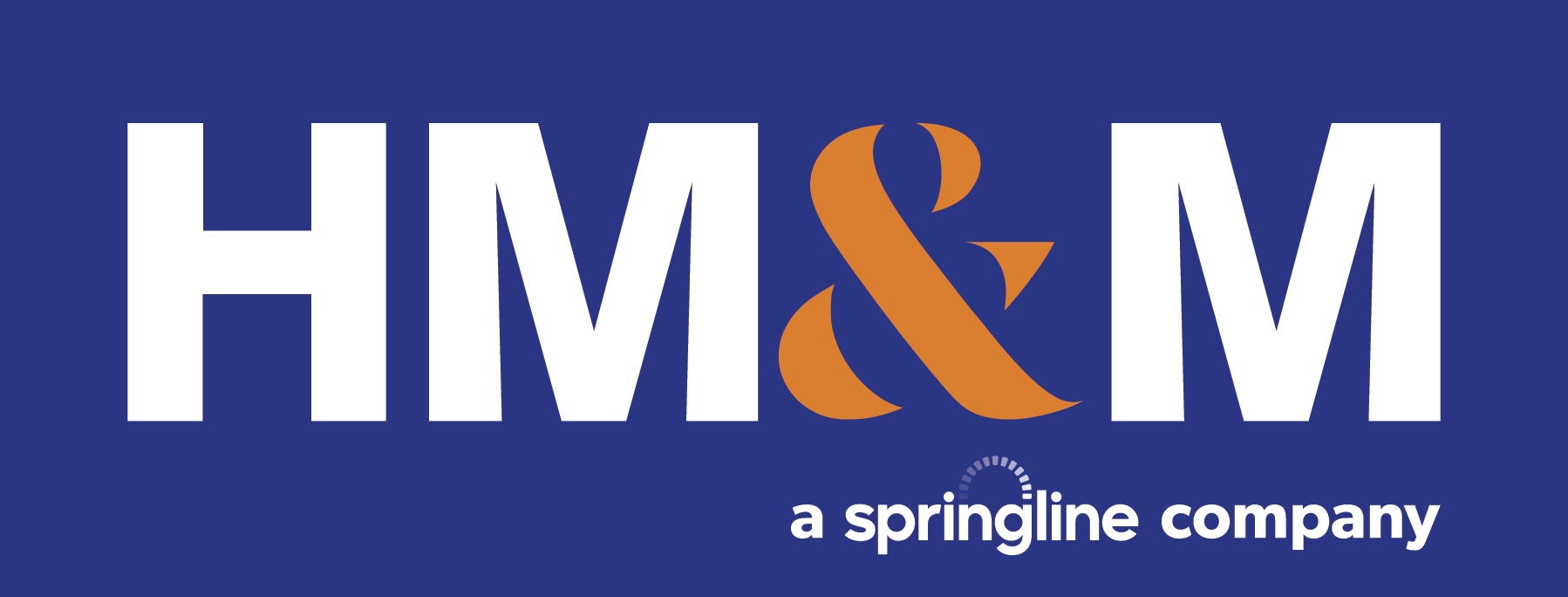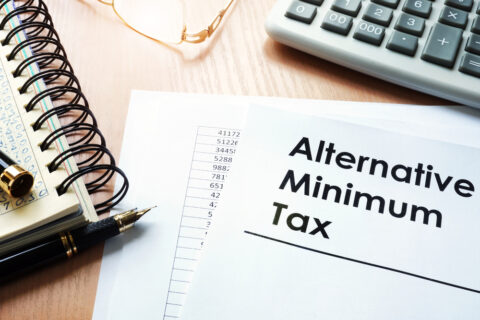Addressing the Paycheck Protection Program (PPP) of the CARES Act —
Many Changes and Clarifications from Prior Guidance. More Questions, Too.
If you are anticipating applying for a PPP Loan, you need to understand these changes. If you received application forms and data requests before the evening of April 2, 2020, your information may no longer be accurate. We review major changes and clarifications included in the Interim Final Rule (“the Rule”) issued on April 2.
- The designation of this guidance (“the Rule”) as an “interim final rule” makes it immediately applicable without a 30-day waiting period. The SBA invites comments at a time not specified in last night’s release (30 days from the date of the publication of this interim final rule in the Federal Register).
- Page 6. (of the Rule release) Documentation – “[An applicant for a loan] must also submit such documentation as is necessary to establish eligibility such as payroll processor records, payroll tax filings, or Form 1099-MISC, or income and expenses from a sole proprietorship. For borrowers that do not have any such documentation, the borrower must provide other supporting documentation, such as bank records, sufficient to demonstrate the qualifying payroll amount.” This would be in addition to the application. Banks may demand additional documentation, based on our observations. NOTE: Many commercial payroll processors are working to provide special reports that comply with this documentation directive.
- Page 7. The SBA intends to promptly issue additional guidance with regard to applicability of affiliation rules.
- Page 7. Ineligible persons/entities include a household employer.
- Page 8. Types of businesses that are not eligible for PPP loans are identified in 13 CFR 120.110, except authorized 501(c)(3) and 501(c)(19) not-for-profits under the CARES Act are eligible.
- Page 8. The Rule provides that “aggregate payroll costs” used to compute the PPP Loan amount are computed using “the last twelve months,” not using the 2019 calendar year, which was dictated in the prior PPP Application Form released on Wednesday, April 1. BUT SEE ITEM 23 BELOW THAT TELLS LENDERS TO CERTIFY AVERAGE MONTHLY PAYROLL COSTS FOR THE PRECEDING CALENDAR YEAR.
- Page 8. The rule dictates that in making the payroll cost computation, the borrower will “subtract any compensation paid to an employee in excess of an annual salary of $100,000 and/or any amount paid to an independent contractor or sole proprietor in excess of $100,000 per year.”
- Page 8. The Rule gives a five-step methodology for computing the maximum amount of the loan, including how to include in the computation the outstanding amount of an Economic Injury Disaster Loan (EIDL) made between January 31, 2020 and April 3, 2020, less the amount of any “advance” (generally in the amount of $10,000), because it does not have to be repaid.
- Page 10. The Rule answers a question about what kind of compensation to employees goes into the calculation of “Payroll Costs.” Compensation to employees – salary, wages, commissions, or similar compensation. It also addresses other payments that go into the calculation of Payroll Costs.
- Page 10. For an independent contractor or sole proprietor, compensation includes “wages, commissions, income, or net earnings from self-employment or similar compensation.”
- Page 11. The Rule lists exclusions from the definition of payroll costs. The confusing statutory language addressing Federal taxes from Chapters 21, 22 and 24 (i.e., FICA, RRTA and income tax withholding) “imposed or withheld” is set forth in the Rule, too. No further clarification is offered. We believe that a reasonable interpretation of the statute and the Rule is that such taxes are not considered in the items added together to compute total payroll costs; they are not subtracted from that sum.
- Page 11. “Do independent contractors count as employees for purposes of PPP loan calculations?” No.
- Page 11. The interest rate on the amount of PPP loans not forgiven will be 1.0%. That is different from prior guidance. We believe that the increase resulted from complaints by lenders that the previously announced rate of 0.5% would cause them to operate the loans at a deficit. The statutory cap on interest rates on PPP loans is 4.0%.
- Page 12. The maturity is two years. The Rule explains questionable thinking about why two years is a good term, as opposed to a longer term of up to 10 years allowed by the statute.
- Page 13. The PPP is “first-come, first-served.”
- Page 13. The deferral period remains six months, as previously announced. Interest at the rate of 1% accrues from the time of the loan until the amount not forgiven is determined.
- Page 14. The Rule continues the previously announced requirement that not more than 25 percent of the loan forgiveness amount may be attributable to non-payroll costs. The use of “payroll costs” and “sum of payroll costs” in this item seems to indicate that the components of “total payroll costs” (see above), are used to determine the “not more than . . .” amount.
- Page 14. The SBA will issue additional guidance on loan forgiveness.
- Page 15. “Independent contractors do not count as employees for purposes of PPP loan forgiveness.”
- Page 15. The Rule says that the applicant must submit SBA Form 2483 (Paycheck Protection Program Application Form) and payroll documentation, as described above. The revised application form was released today (April 3, 2020).
- Page 16. NEW. The Rule says that 75 percent must be used for payroll costs. For this purpose, the amount of any EIDL refinanced by the PPP loan will be included in the term “payroll costs.” This is different than and in addition to the requirement for loan forgiveness that provides that 75 percent of the loan must have been used for payroll costs. While the Rule does not specifically address the penalty for not using 75 percent of the loan proceeds for payroll costs, there is implied that some kind of toll will be taken. A reasonable inference is that the loan might immediately mature and not be amortizable over two years. Might the criminal provisions be invoked? We believe that “payroll costs” are the same items considered in the term “total payroll costs” used to compute the maximum amount of the PPP loan.
- Page 18. Within the list of certifications, there seems to be a mix of loan application and loan forgiveness certifications and documentation. We hope that the after-the-fact documentation that can only be provided after the “covered period” will not be required by lenders, some as estimates, at loan application. It is a waste of time.
- Page 21. “What the lenders have to do in terms of loan underwriting?” In summary:
a) Borrower certifications.
b) Confirm information demonstrating the borrower had employees.
c) Confirm dollar amount of average monthly payroll costs for the preceding calendar year by reviewing payroll documentation submitted with the application. BUT SEE ITEM 6 ABOVE THAT TELLS LENDERS TO CERTIFY AVERAGE MONTHLY PAYROLL COSTS FOR THE PRECEDING TWELVE MONTHS. This could result in using a period other than the calendar year 2019.
d) Follow applicable Bank Secrecy Act (BSA) requirements. The BSA, also known as the Currency and Foreign Transactions Reporting Act, is legislation passed by the United States Congress in 1970 that requires U.S. financial institutions to collaborate with the U.S. government in cases of suspected money laundering and fraud.
e) Lender’s underwriting obligation under the PPP is limited to the items above and reviewing the “Paycheck Protection Application Form.” It recites the documentation already discussed above. - Page 22. New customers of a lender may have to undergo verification under applicable BSA requirements.
- Page 23. Each lender’s underwriting obligation under the PPP is limited to the items in number 23 above and reviewing the “Paycheck Protection Application Form.”
- Page 24. The lender does not need to conduct any verification, if the borrower submits documentation supporting its request for loan forgiveness and attests that it has accurately verified the payments for eligible costs.
- Page 24. Agent fees will be paid by the lender out of the fees the lender receives from the SBA. “Agents may not collect fees from the borrower or be paid out of the PPP loan proceeds.” There is a schedule for fees that may be collected by the lender from the SBA and by the agent from the lender. Agent is not defined in the Rule. The CARES Act provides the following: “(ii) Fee Limits – An agent that assists an eligible recipient to prepare an application for a covered loan may not collect a fee in excess of the limits established by the [SBA] Administrator.” That is the only reference that could be located in the statute. There had been earlier guidance that an agent had to interface with the lender. That does not necessarily seem to be the case.
- One glaring omission in the Rule. There is no guidance given on how to treat partners and LLC members in computing payroll costs.
For more information check out HM&M’s COVID-19 Resources page.
HM&M COVID-19 ResourcesLatest Blog
What could happen if you don’t file your taxes? If you’re required to file a tax return but ...
The alternative minimum tax (AMT) resembles the regular federal tax system, but it has a different purpose. It’s ...
As the end of the year approaches, many people begin thinking about philanthropy. While planning your charitable giving, ...
HM&M Updates
Dallas, TX – Aug. 7, 2024 – HM&M, a Springline company (HM&M), a leading CPA firm with four ...
DALLAS, Dec. 11, 2024 – Springline Advisory, a trailblazing financial and business advisory firm, is proud to announce its partnership ...
Last month, Senior Manager, Pearl Balsara was invited to speak at the 2023 FPA DFW Annual Conference in ...










